A cartoon popped up on my Facebook not long ago about how it costs nothing to encourage an artist. I liked it because it shows how much artists care about their work, and also how dismissive people can be towards it. It is amazing that while creating art is such a pure form of self-expression, people feel more entitled to question and criticize your artistic endeavors than if you sold your soul to big oil.
While by and large I have been lucky to have a supportive family when it comes to art, often it does feel like artists face a lot of subtle and not so subtle negativity from a wide variety of people, including friends, relatives, other artists, and ourselves. It can be hard to understand how we think, why we make the type of art we do, and what we are even doing this for. While the artwork we make is certainly tangible, the rewards are often not. Artists travel a tough road, and sometimes a "you're either with me, or against me" attitude can take hold. I have tried to figure out why some common questions and comments from people I know can irk me so much, such as:
"How will you sell this?"
"Why are you getting so stressed over your art? I thought this was just for fun."
"I don't see what your ultimate goal is."
The people who say these types of things may be trying to understand my thought process or motivation for working on a particular project or making a career move, but sometimes it feels like negativity, as if they are questioning my decisions, expect me to have all the answers, or don't see a way for me to succeed. Just imagine if I went to your place of work and start asking you, "How do you make money this way? Why do you work so hard at this, I don't see the point. What future do you imagine having here?" People rarely say these things out loud, unless they're talking to artists!
One thing I know: there is no clear or singular way to succeed as an artist. Building a satisfying career in art is harder than working a 9-5 job, and just as hard, if not harder, than building your own business. Sometimes you can sell your work, sometimes you can teach a workshop. Sometimes you can blog and make money that way, sometimes you win prize money. Sometimes you're just so unique and brilliant like Andy Warhol or Banksy that people end up throwing money at you just for being you. Sometimes it just takes a while to figure things out.
There are times when I feel down and lost about being an artist, but I learned a few years ago never to count myself out. I definitely don't have all the answers right now as to where I'll be in the future, but I am always searching, always reflecting back on my successes and failures, and thinking ahead to what I can do next.
So the next time you talk to an artist, be mindful of ways to encourage them, listen carefully to them, and try to avoid questions that might hint of asking them to justify their lifestyle. Artists question themselves a lot already, so hearing some positive words can make a big difference.
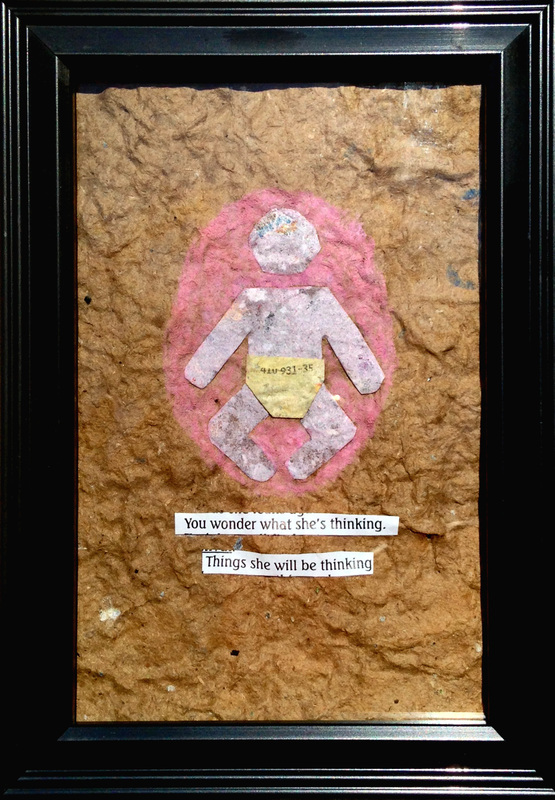
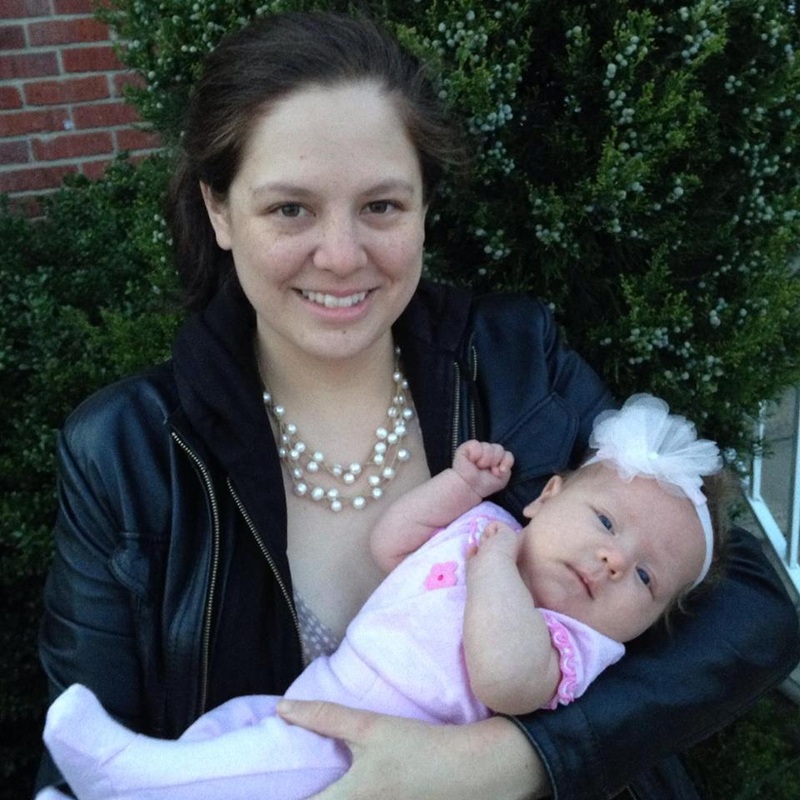
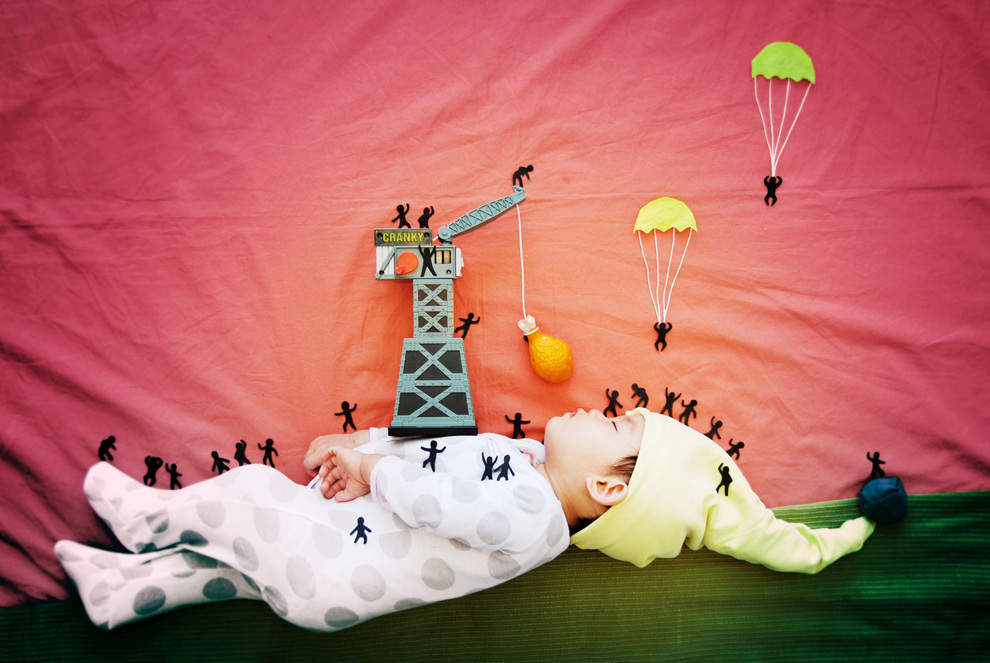
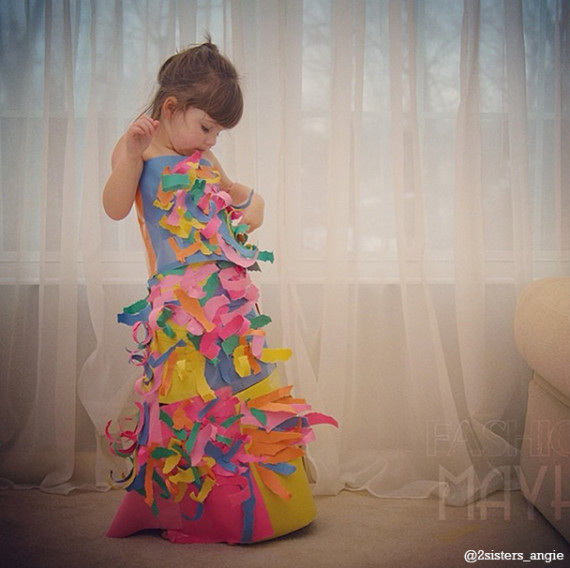
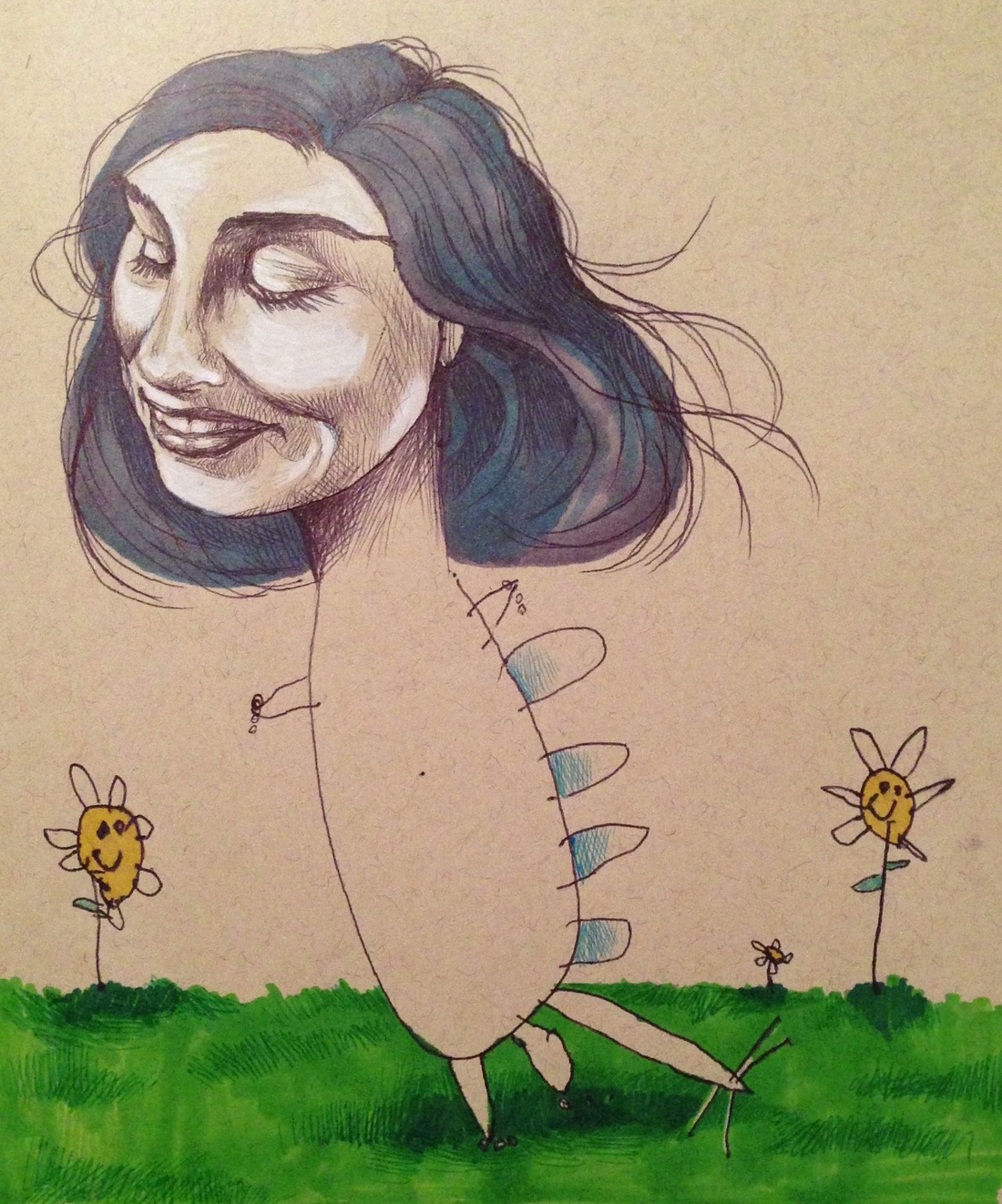
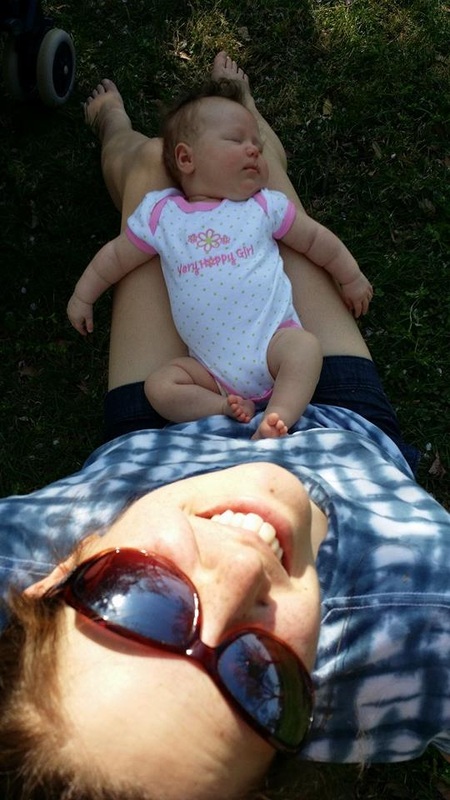
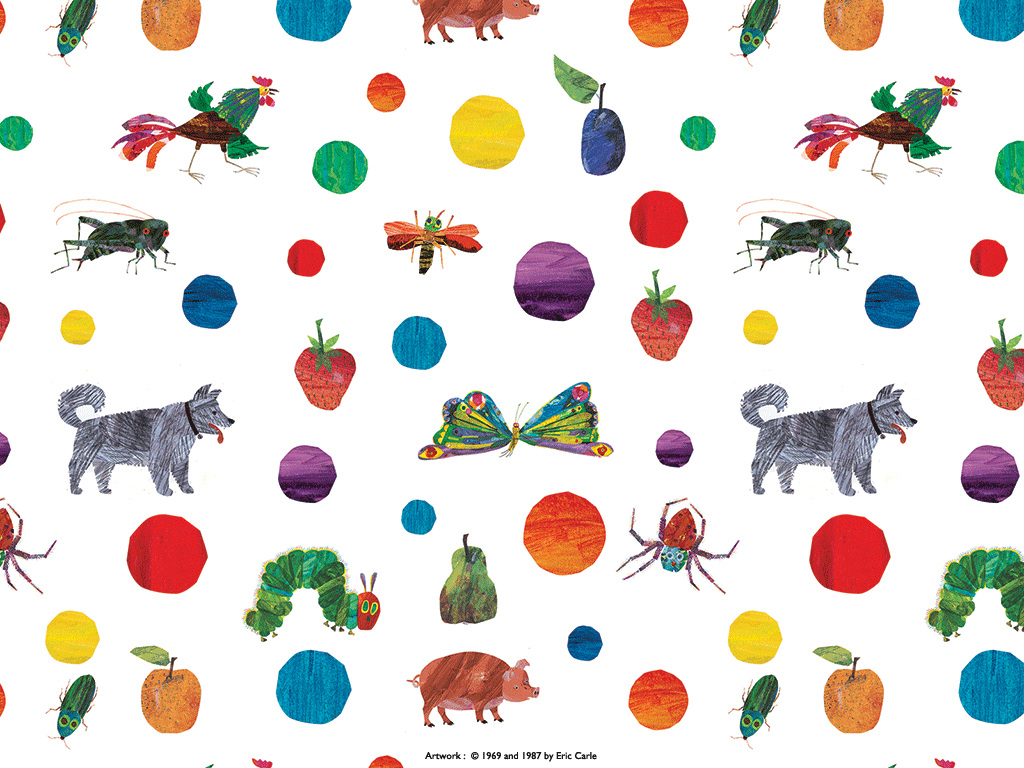
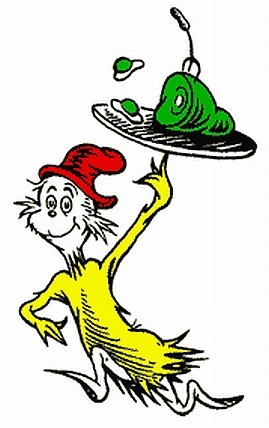
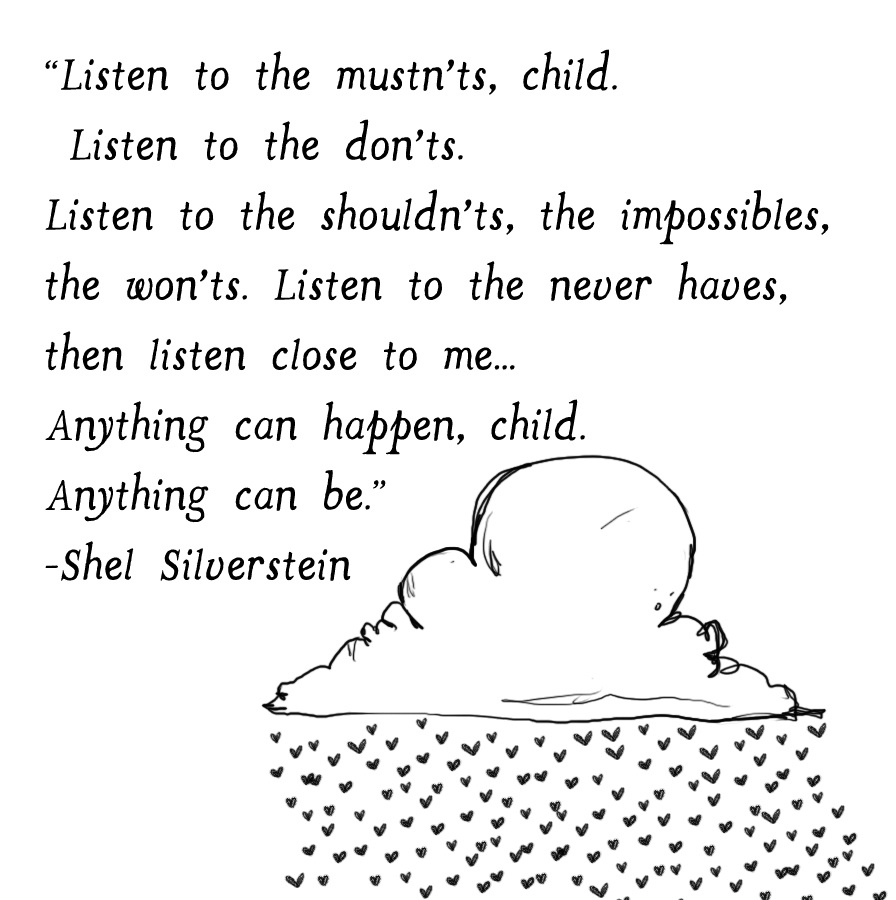
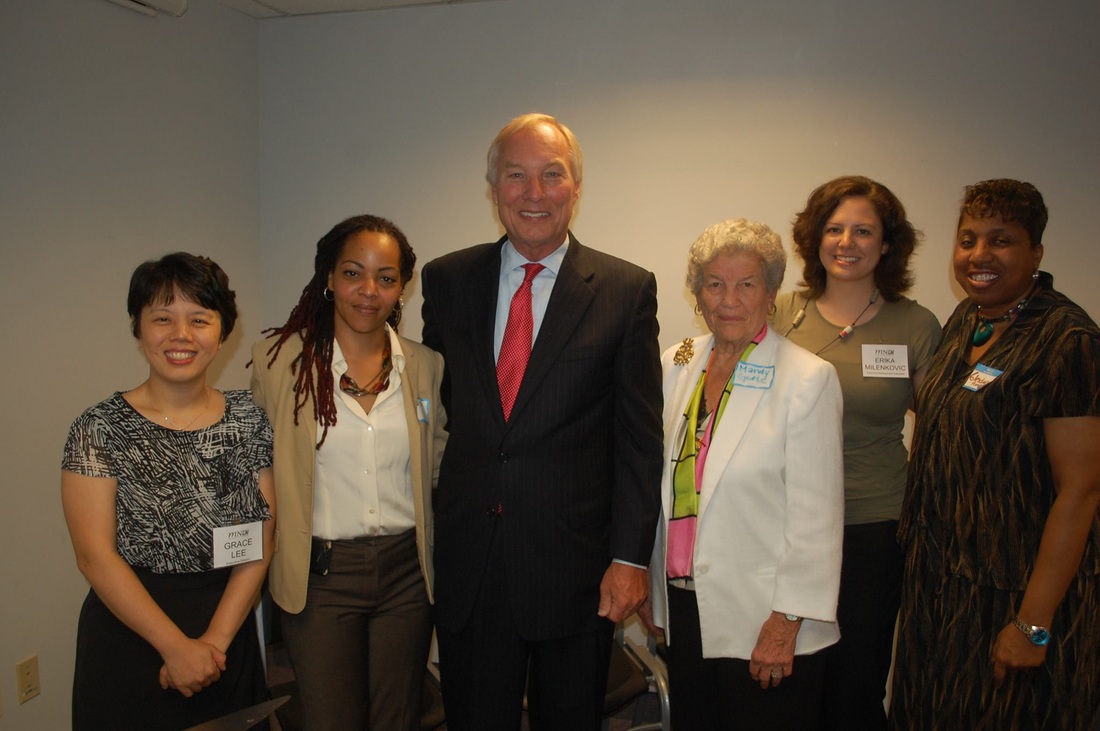
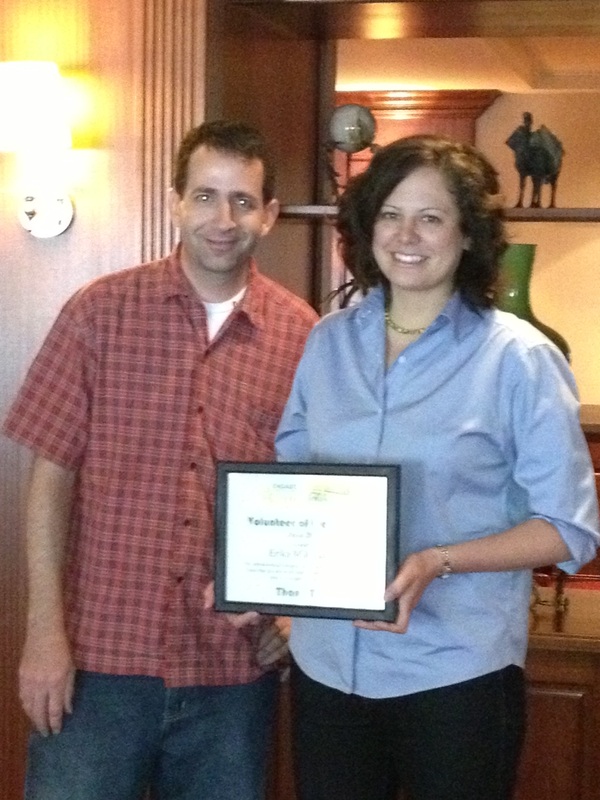
 RSS Feed
RSS Feed
